Hanging Monasterys N the Very Ancient Mu Ta Pagoda
Tuesday, July 22, 2008
 Datong, China
Datong, China
Hey Hey and a Big G'Day toya
I sit here after another day that has made me sit back in wonder at how lucky I really am. Several days ago I was stampeding around one of the most famous and sacred mountains on earth and today I visited one of the oldest wooden buildings on this earth.
I wonder, does than make me one of the luckiest people on earth?
I guess that depends on what your life's goals are and what your life is about.
Mine is all about travel so I think I am pretty bloody lucky!
Jiang Ni and I were up early and half past eight found us sitting out front of the train station waiting for her train. We said our sad goodbyes and soon after I was haggling with a group of taxi divers to get the best price possible for a taxi for the day. As I wanted to visit two places that were both around sixty to seventy kilometers from the city I really couldn't be bothered with buses over the next two days so I figured why not hire a cab for the day and get them both done today.
And for the price I got the taxi for it really wasn't that much more than it would have cost in both wasted time finding bus stations and bus fares.
The first port of call for the day was the Buddhist Hanging Monastery which is located sixty five kilometers southeast of Datong city. You can catch a bus from Datong's Regional Bus Station to the town of Hunyuan and from there you would have to hire a taxi to take you the rest of the way.
And I don't doubt they would charge you more than and arm and a leg for the ride!
I visited another Hanging Monastery in Fujian Province several months ago and if I was to compare them both I think the one at Taining's 'Geo Park' in Fujian Province would win easily. Not only was it much higher on the cliff face but as it was in Fujian the surroundings were much more beautiful.
Xuankong Si is found within the Jinlong Canyon built into the cliff face of Taoism's sacred northern mountain, Heng Shan.
Supposedly the temple was much lower to the ground but had to be raised due to continuous flooding. No matter if you have visited a hanging monastery before Xuankong Si really is an eye opener. Though I expected it to be higher on the mountain when I got out of the cab I skipped a few heart beats.
The same thoughts raced through my mind as several months ago in Fujian.
What kind of crazed lunatic monk would even consider building a temple so high on a mountain and why on stilts that are so thin and weak looking. Why not just dig a few caves and connect them with more caves?
Surely this would be safer!
I joined the hundreds of Chinese tourists who obviously couldn't read either Chinese or English as they seemed to be wondering aimlessly in all directions trying to push past each other on the tiny walk ways that connected each section of the temple. As there really was only room for one person walking in one direction the temple route was clearly marked which direction to go to make it easier on the hundreds that followed.
The walk ways really are that small and the ladders would be declared a health hazard in Western countries and would have to be replaced. In fact the entire monastery would be fenced off and would have to be rebuilt according to the governments Occupational Health and Safety regulations!
Oh where has the fun gone in our societies!
Next stop was the town of Yingxian which is seventy kilometers from Datong City and fifty kilometers from the Hanging Monastery. The town is obviously setting itself up for a future based on tourism. The streets are now lined with a New Ancient looking town and red lanterns are hanging over the roads and outside most stores.
Mu Ta was built in the 11th Century and made entirely from huge and heavy planks of wood. It feels more like an old world sailing ship than a Pagoda. It is a nine storey pagoda and not one nail was used during its construction.
Also according to the LP it has survived seven major earthquakes.
If only all buildings were built this tough the world would be a much safer place.
Maybe if Xuankong Si was built the same way it would probably have caused Heng Shan to crumble in its wake!
Besides its structure the thing that really amazed me about the pagoda were the thousands of birds that constantly flew around it. It was like nothing I have ever seen before. They constantly darted here and there and never seemed to land. It was like the building was made from bird seed that somehow was kept just out of reach from all the birds.
I'm not sure if it was the pagoda, the relaxing taxi ride or the beautiful blue sky above but during the day I finally formed a plan for the rest of my holidays. From Datong City I will head further north in to Inner Mongolia to the city of Hohhot and from there I plan to slowly travel east until I hit the North Korean border. There are several places I want to visit and in between these destinations I guess I will fill in the blanks as I go.
I got a call from Lou Wei today and we will finally meet up again in several days. She will begin her journey north from Kaifeng City tomorrow night and we will see each other again the night after.
What a beautiful thought!
Beers N Noodles toya.....shane
_________________________________________________________
The soundtrack to this entry was by the awesome Kyuss.
The album was Muchas Gracias, The Best of!
__________________________________________________________
Xuankong Si (hanging monastery):
Hanging Monastery stands at the foot of Mt. Hengshan, 5 kilometers (3 miles) south of Hunyuan County, and 65 kilometers (40 miles) from downtown Datong City. Since it hangs on the west cliff of Jinxia Gorge more than 50 meters above the ground, it is called Hanging Monastery.
Hanging Monastery, built in 491, has survived more than 1400 years. The extant monastery was largely rebuilt and maintained in the Ming Dynasty (1368-1644) and Qing Dynasty (1644-1911).
How could a building like this withstand the winds and storms of so many years?
Hanging Monastery is an architectural wonder. A unique mechanical theory was applied to building the framework. Crossbeams were half-inserted into the rock as the foundation, while the rock in back became its support. Seen from below, Hanging Monastery appears to be a tumble-down castle in the air.
Inside, Hanging Monastery provides the same scene as other temples.
Construction experts from countries including Britain, Germany, and Italy, come to see the monastery. In their words, Hanging Monastery, which mixes mechanics, aesthetics, and Buddhism, is rare. The monastery and everything it symbolizes embodies a great cultural achievement of Chinese people.
The second attraction of Hanging Monastery is that it includes Buddhism, Taoism and Confucianism. Inside the monastery, the sculptures of Sakyamuni, Confucius and Laotzu appear together, which is unusual. There are 40 halls and cabinets, which contain about 80 sculptures made of copper, iron, terracotta, and stone. The features are vividly carved.
Why build a monastery like this? Location is the first reason; building a monastery on the cliff could shield it from floods. In addition, the mountain peak protects it from rain and snow; and the mountain around it also diminishes damage from long-time sunshine. The second reason is that the builders followed a principle in Taoism: no noises, including those from rooster crowing and dog baying; so from the upper ground, all noises drop away.
Mu Ta (Ancient Wooden Pagoda):
Located in Yingxian County, and about 70 kilometers south of Datong, the Wooden Pagoda is the oldest and highest wooden structure in China. It is regarded as the 'First Pagoda in the World' and a gem in the architectural field. It has now also been placed under national emphases under the Cultural Relics Protection Units.
Built during the Liao Dynasty (about 1056), this wooden pagoda has about 900 years of history. It has a height of about 67 meters, and a 30 meter long diameter at its bottom.
The Pagoda appears as a five-storey structure, but in fact it has a total of nine stories with four hidden inside. The Wooden Pagoda was built with about 54 different kinds of brackets, and jointed only by the tenors and mortises without any nails or rivets at all!
With a unique octagon structure in each tier, and a special designed lightning top, the pagoda can still stand firmly and remains intact.
It continues to reveal its exquisite quality in a rustic, simple manner, despite the long exposure to the elements, violent earthquakes and intense thunderbolt. The wind bells hung under each eave add more interest to this wooden pagoda. When the wind blows, the little bells make sweet sounds, which also add spice to your tour.
What's more, the large Buddha statues hosted in the Wooden Pagoda show different countenances and postures, and display a very high level of craftsmanship. The statue of Sakyamuni of the 1st floor stands at the height of 11 meters is particularly impressive. If look up inside the pagoda, you will feel its grandeur.
The exquisite and vivid mural around it depicts the guardians, disciples and donors in a lifelike and meticulous manner and in the typical Liao painting style. The Wooden Pagoda is a perfect combination of science, art and religion. It is also the wonder of the wooden architecture field.
It should be a necessary stop in your Shanxi tour.
Other Entries

 Datong, China
Datong, China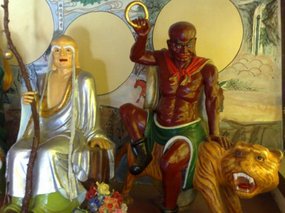
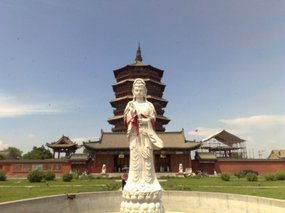
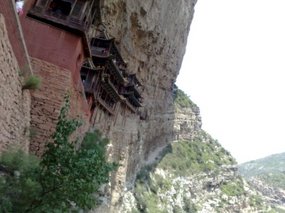
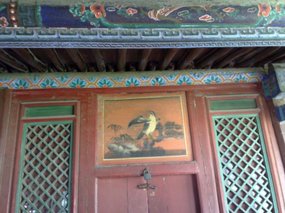
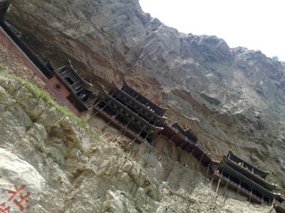
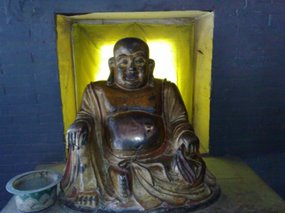
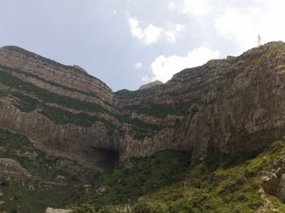
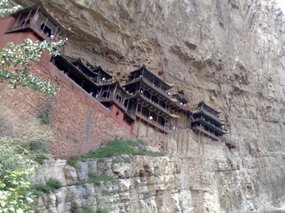
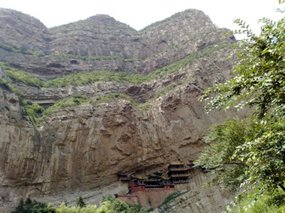
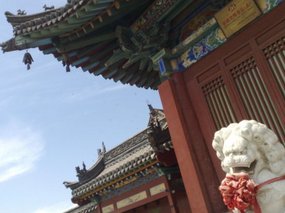
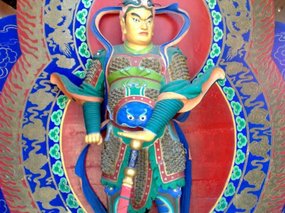
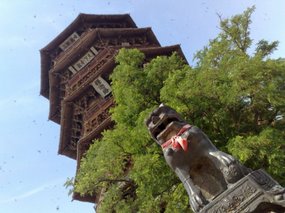
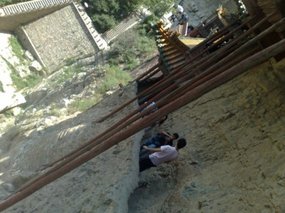
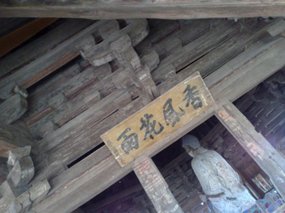
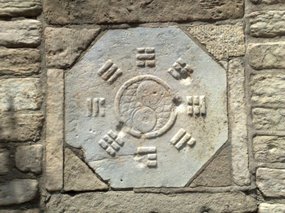
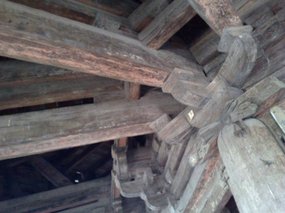
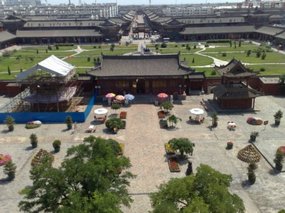
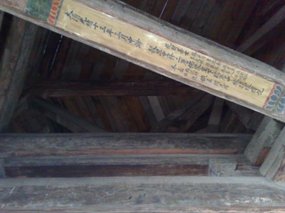
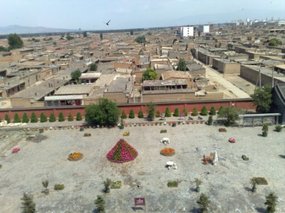

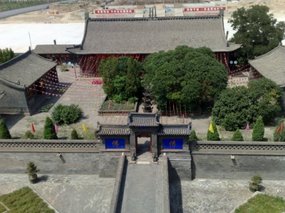
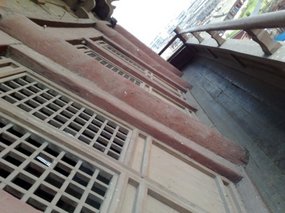
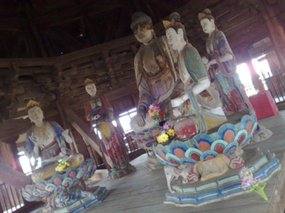
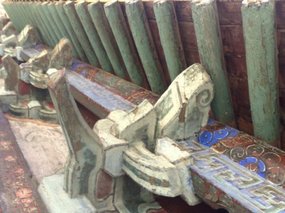
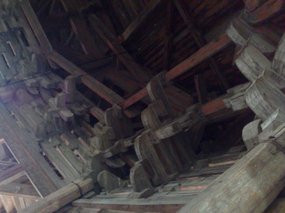
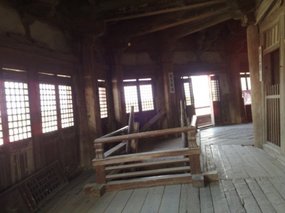
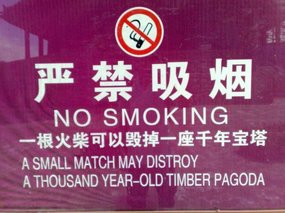
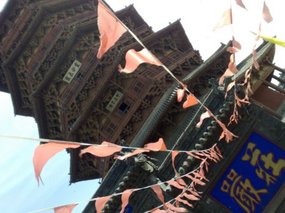
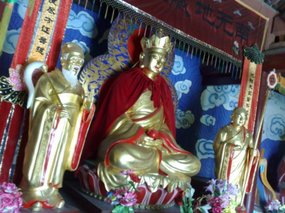
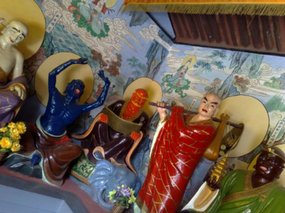
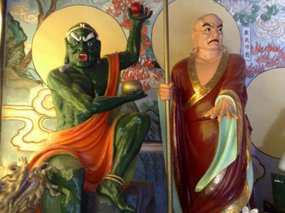
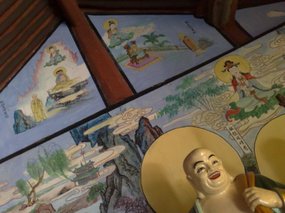
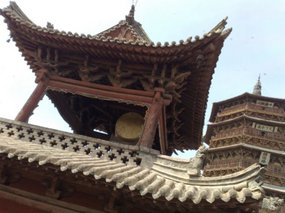

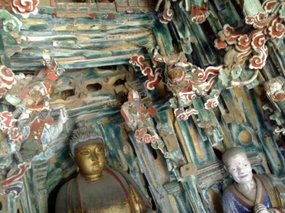
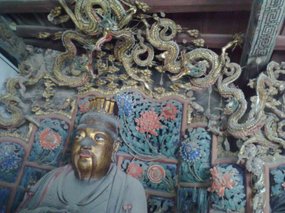
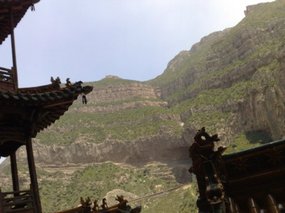
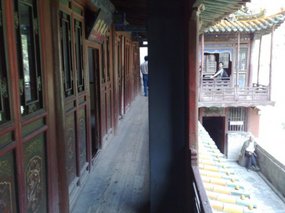
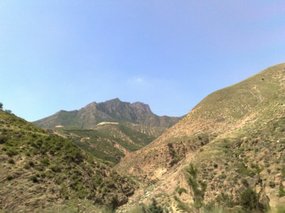
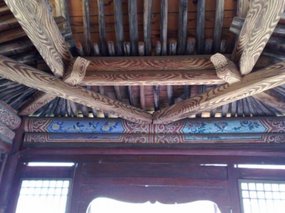

2025-05-22